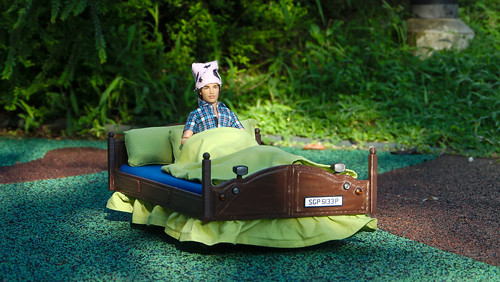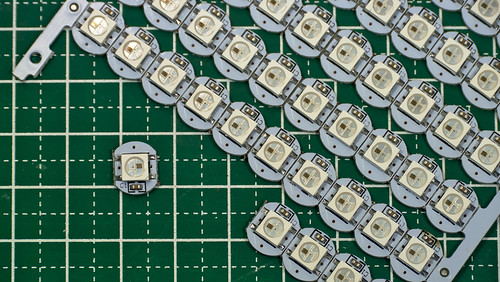For my Tamiya XR311 I needed one of my DIY RC Light Controllers. If you are not familiar with it,
please refer to my blog post: DIY car light controller for 3-channel RC
The XR311 is a small car and does not have any lights attached to the chassis, only to the body.
So there was no need to have a full blown light controller on the chassis like in our Dingo, but I still
wanted the convenience of having only a single servo extension wire between the chassis
and body.
The HobbyKing HK-310 radio system I am using does unfortunately not have
a PPM output on the signal pin of the battery connector as some receivers do,
so this route was out of the question.
So I came up with the following solution: use a stripped down light controller in the chassis, serving as kind
of pre-processor for the steering, throttle and Channel 3 signals.
Since only one chip is needed for this function, why not add it directly
into the receiver?
















